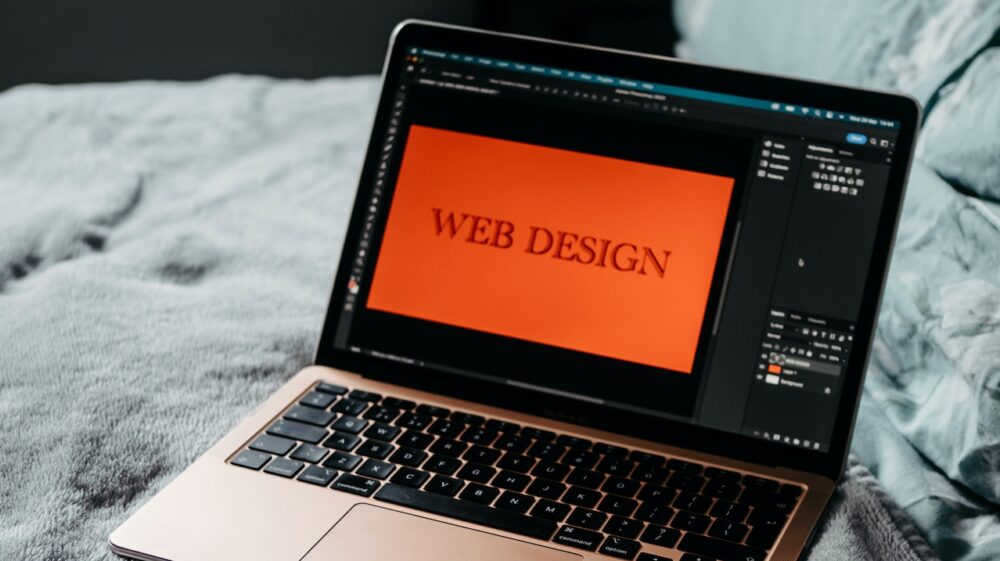Web design is a highly sought-after skill in today’s digital age. If you’re looking to learn web design from home, there are many online platforms available that offer courses, tutorials, and other resources to help you get started. In this article, we will explore the best platforms to learn web design at home.

- Codecademy
Codecademy is an online learning platform that offers courses in a variety of programming languages, including HTML, CSS, and JavaScript. The platform offers interactive lessons and projects that allow you to learn by doing. Codecademy also offers a free plan that includes access to some of their courses, as well as paid plans that provide access to more courses and features. - Udemy
Udemy is an online learning platform that offers a wide range of courses, including web design. The platform features courses from industry experts and covers topics such as HTML, CSS, JavaScript, and responsive design. Udemy courses are self-paced, and many of them include video lectures, quizzes, and assignments to help you learn. - Coursera
Coursera is an online learning platform that offers courses from top universities and institutions around the world. The platform offers courses in web design and development, including courses on HTML, CSS, and JavaScript. Coursera courses are self-paced, and many of them include video lectures, quizzes, and assignments. - LinkedIn Learning
LinkedIn Learning, formerly known as Lynda.com, is an online learning platform that offers courses in web design and development. The platform features courses from industry experts and covers topics such as HTML, CSS, JavaScript, and responsive design. LinkedIn Learning courses are self-paced, and many of them include video lectures, quizzes, and assignments. - W3Schools
W3Schools is a website that provides free tutorials and resources on web development, including HTML, CSS, JavaScript, and other web technologies. The website features interactive tutorials and examples that allow you to learn by doing. W3Schools also provides a certification program that can help you demonstrate your skills and knowledge in web development. - FreeCodeCamp
FreeCodeCamp is a nonprofit organization that provides free resources and tutorials on web development. The organization offers a comprehensive curriculum that covers HTML, CSS, JavaScript, and other web technologies. FreeCodeCamp also provides a community forum and opportunities to work on real-world projects to help you gain practical experience in web development. - The Odin Project
The Odin Project is a free, open-source curriculum for learning web development. The curriculum covers HTML, CSS, JavaScript, and other web technologies and includes interactive tutorials and projects. The Odin Project also provides a community forum and opportunities to work on real-world projects to help you gain practical experience in web development. - YouTube
YouTube is a great resource for learning web design and development. There are many YouTube channels that provide tutorials and resources on web design, including channels like Traversy Media, LearnCode.academy, and DevTips. YouTube is also a great place to find tutorials on specific web design topics, such as responsive design, CSS animations, and more. - Skillshare
Skillshare is an online learning platform that offers a variety of courses, including web design. The platform features courses from industry experts and covers topics such as HTML, CSS, and responsive design. Skillshare courses are self-paced, and many of them include video lectures, quizzes, and assignments to help you learn. - Treehouse
Treehouse is an online learning platform that offers courses in web design and development. The platform features courses from industry experts and covers topics such as HTML, CSS, JavaScript, and responsive design. Treehouse courses are self-paced, and many of them include video lectures, quizzes, and assignments to help you learn. - Khan Academy
Khan Academy is a nonprofit organization that provides free educational resources, including courses in web development. The platform offers courses on HTML, CSS, JavaScript, and other web technologies. Khan Academy courses are self-paced and include interactive tutorials and quizzes to help you learn. - Google Developers
Google Developers is a website that provides resources and tutorials on web development, including HTML, CSS, JavaScript, and other web technologies. The website features interactive tutorials and examples that allow you to learn by doing. Google Developers also provides a certification program that can help you demonstrate your skills and knowledge in web development. - HTML Dog
HTML Dog is a website that provides free tutorials and resources on web development, including HTML, CSS, and JavaScript. The website features interactive tutorials and examples that allow you to learn by doing. HTML Dog also provides a certification program that can help you demonstrate your skills and knowledge in web development. - Adobe XD
Adobe XD is a software application for designing and prototyping websites and mobile apps. The platform offers a variety of tutorials and resources to help you learn web design, including courses on responsive design and design systems. Adobe XD also provides a community forum and opportunities to work on real-world projects to help you gain practical experience in web design. - Canva
Canva is a graphic design platform that offers a variety of templates and design tools to create websites and other digital designs. The platform offers a variety of tutorials and resources to help you learn web design, including courses on user experience and design fundamentals. Canva also provides a community forum and opportunities to work on real-world projects to help you gain practical experience in web design.
Learning web design from home is easier than ever with the variety of online platforms available. Whether you’re looking to start a new career in web design or just want to learn a new skill, these platforms can provide the resources and guidance you need to get started. From interactive courses on Codecademy and Udemy to free resources on W3Schools and Khan Academy, there are many options available for learners of all levels. With dedication and hard work, anyone can learn web design and develop the skills to create beautiful and functional websites.

